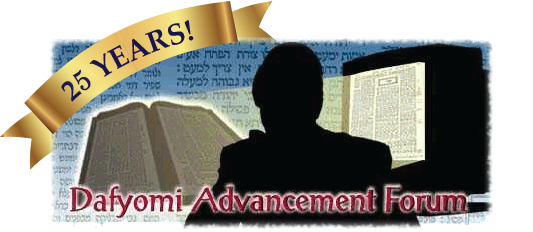What does the word "Ve'shachat oso ... " come to preclude?
Menachos, 56a: It precludes the Melikah of a bird and the Shechitah of the Korban Pesach from the Din of Tzafon, and that the Shochet does not need to stand in the north. 1
See Torah Temimah, note 90, who elaborates on all of these D'rashos.
What are the connotations of ?al Yerech ha?Mizbe?ach??
Rashi and Targum Onkelos: It means ?next to the Mizbe?ach?. 1
Targum Yonasan: It means ?near the foot of the Mizbe?ach?. 2
Why does the Torah insert the word "Yerech" in connection with "Tzafonah"?
Ramban: To teach us that - if the back of the Mizbe'ach is on the north side of the Azarah, then the front of the Mizbe'ach - the Kevesh (ramp) is on its south. 1
As the Torah indicates in 6:7 (Ramban).
Having said "al Yerech ha'Mizbe'ach Tzafonah",why does the Torah need to add "Lifnei Hashem"?
Oznayim la'Torah: To learn vai a Gezeirah Shavah on to other Kodshei Kodshim ? by which the Torah also writes "Lifnei Hashem", that they too must be hechted on the norrth side of the Mizbe'ach.
Why must the Shechitah of Kodshei Kodshim take place on the north side of the Azarah?
R. Bachye #1: Because, as opposed to the other three sides of the world, which are surrounded by a wall, the north is open, and ? since ?a chair cannot stand on three legs?, the Korbanos serve as the fourth wall. 2 3
R. Bachye #2 (citing Pirkei de?R. Eliezer: Hashem created four directions: From the east there comes light to the world, from the south, dew of B?rachah, from the west. Stores of snow, hail, cold, heat and rain; whereas from the north, darkness comes upon the world; He left it unfinished and He announced ?Whoever states that I am G-d should come and complete the side that I left unfinished (by bringing a Korban)?.
R. Bachye #3 (according to Kabalah): So that the Kohen, whose Midah is Chesed, begins by arousing the Midah of Chesed (the south) upon Yisrael and via Tif?eres (the east), he completes (modifies) the Midah of Gevurah (north) with his Midah of Chesed, before moving on to Malchus - the Shechinah (in the west) ? from where the Midos move to the Mal?achim showering the world wih blessing. The Kohen then returns to the south, from where he began. 4
Ba?al ha?Turim: In order to counter the Pasuk in Yirmiyah 1:14 ?mi?Tzafon Tipasach ha?Ra?ah?.
Oznayim la'Torah: Bearing in mind the Gemara in Bava Basra, 25a that the north wind, which is sweet and clear (Rashi) sweetens the other winds together with which it blows, and, were it to stop blowing, the world would cease to exist, the Torah is hinting that the Korbanos, in the merit of which the world also exists 5 are even more effective in maintaining the world than the north wind. 6
See also Ba'al ha'Turim.
R. Bachye: As the Pasuk writes in Tehilim 48:3 ?Har Tziyon Yark?sei Tzafon?.
See R. Bachye.
Based on the order that the Kohanim ascended the ramp and walked round the Mizbe?ach, as recorded in Zevachim 53a. See R. Bachye.
As Rashi comments in Ta'anis 27b ? See Oznayim la'Torah DH 'Tzafonah', #1.
Oznayim la'Torah: Which explains why the wind never dispersed the smoke of the Korbanos as it rose from the Mizbe'ach ? See Avos, 5:7.
Why does the Torah add the words "Tzafonah 'Lifnei Hashem"'?
Rashi: To preclude the Din of Tzafon by a Bamas Yachid. 1
Yoma, 37a: This implies that Tzafon should be entirely empty, which means that no part of the Mizbe'ach may be in the area of the north of the Azarah, and that it must be built entirely in the south.
Which is not called 'Lifnei Hashem' because the Shechinah did not appear there. (Torah Temimah).
Why does the Torah mention Tzafon in connection with a lamb, but not in connection with a bull?
Moshav Zekenim (citing Tana de'Bei Eliyahu): The ram [offered in place] of Yitzchak is Olas Tzafon. Its ashes are Tzafun (hidden) in front of Hashem for an eternal remembrance (He considers as if Yitzchak was offered, and they are his ashes.)




